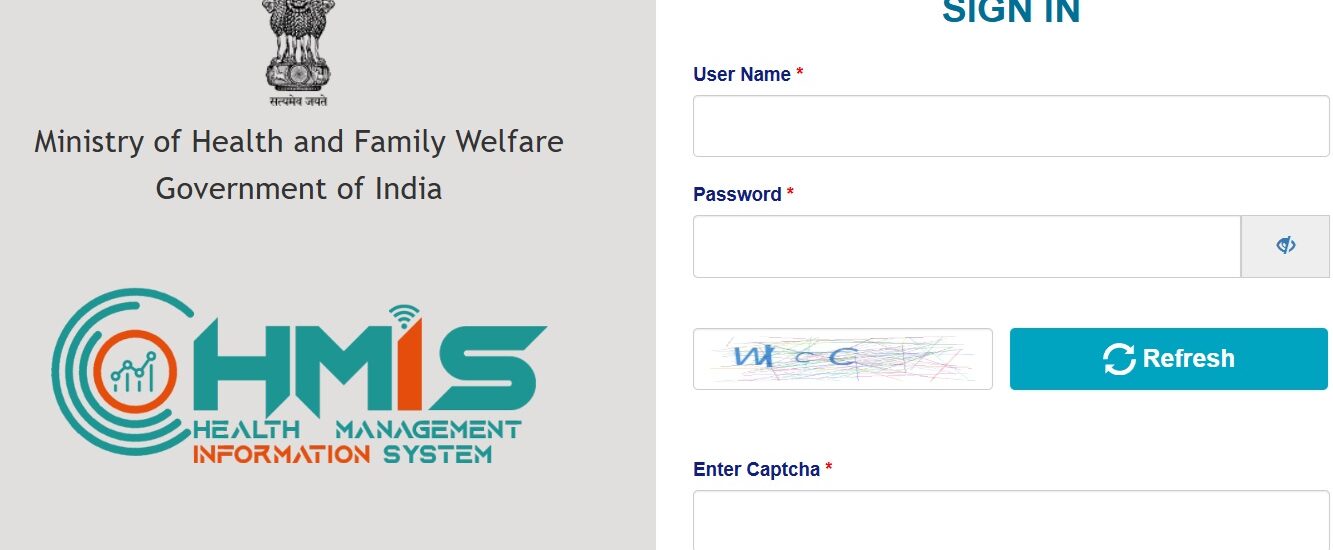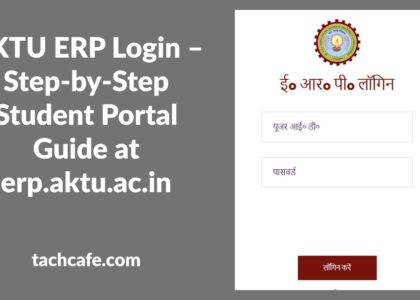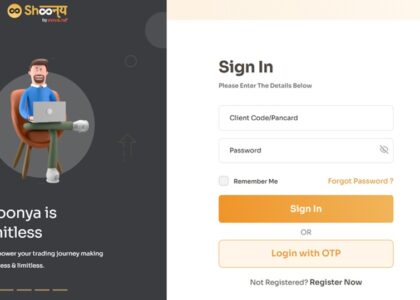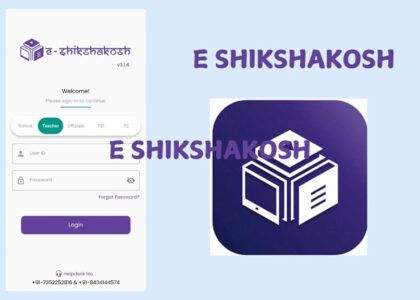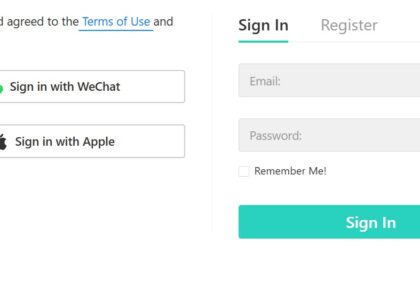Introduction
In today’s data-driven healthcare environment, digital solutions play a pivotal role in monitoring, managing, and enhancing public health services. One such vital system implemented by the Government of India is the Health Management Information System (HMIS). This centralized digital platform is designed to streamline the collection, reporting, and analysis of health-related data across public health facilities nationwide. Through the HMIS login portal, healthcare professionals, data entry operators, and institutions are empowered to access, enter, and evaluate real-time data that supports better policy-making and efficient healthcare delivery.
The HMIS login portal is a secure gateway that ensures authorized personnel can submit reports, track key indicators, and maintain up-to-date health records. As India continues to embrace digital health technologies, HMIS stands out as a cornerstone of the National Health Mission’s (NHM) efforts to provide high-quality, timely, and evidence-based healthcare services. This comprehensive guide will walk you through everything from understanding the HMIS portal to troubleshooting login issues, highlighting its significance in revolutionizing public healthcare systems across the country.
Table of Contents
What is HMIS Portal?
The Health Management Information System (HMIS) Portal is an integrated, web-based application launched by the Ministry of Health and Family Welfare, Government of India. It was introduced under the National Health Mission (NHM) to facilitate the systematic collection, storage, and reporting of healthcare data from government-run hospitals and health centers. The primary objective of the HMIS platform is to ensure that health administrators and policymakers have accurate, timely, and structured data for better decision-making.
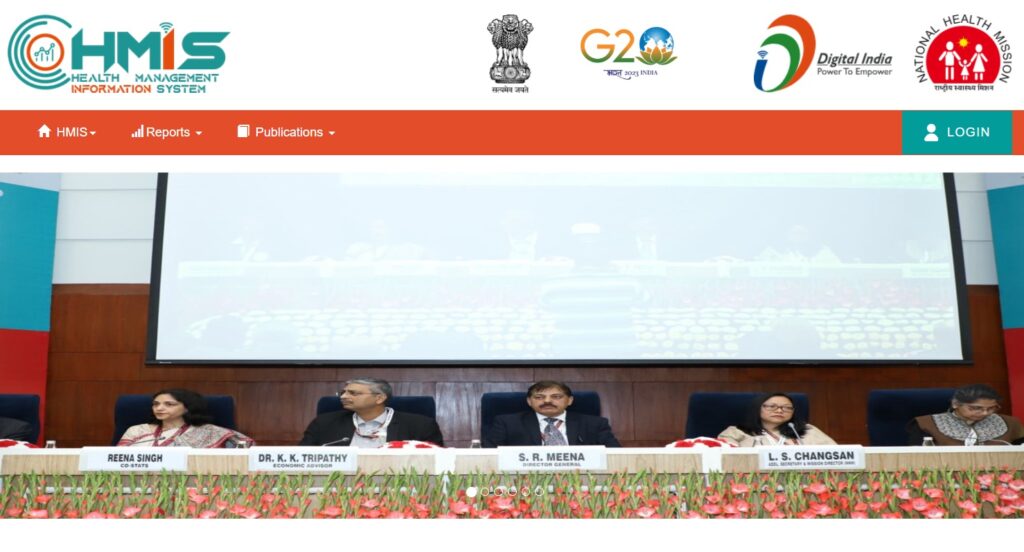
HMIS captures a wide array of information such as outpatient and inpatient services, maternal and child healthcare, immunization programs, disease surveillance, and facility-level performance metrics. The portal standardizes data entry practices across states and districts, ensuring consistency and reliability. It also enables district-level health officers and senior health officials to analyze trends, measure progress, and identify resource gaps.
By digitizing healthcare reporting, the HMIS Portal reduces paperwork, minimizes errors, and provides transparency in public health data management. It helps the government plan resource allocation, conduct audits, and measure the impact of national health interventions effectively. With thousands of health facilities across India submitting regular data through this system, HMIS has become a backbone of India’s public health infrastructure.
Who Can Use the HMIS Portal?
The HMIS Portal is not meant for the general public. Instead, it is specifically designed for use by authorized stakeholders within the public healthcare system. A variety of healthcare professionals and administrative users across different levels of government health services utilize this platform for daily and monthly reporting purposes.
Doctors and medical officers at primary health centers (PHCs), community health centers (CHCs), district hospitals, and other public health institutions use the portal to record patient and service delivery data. Healthcare institutions such as government hospitals and dispensaries are required to submit statistics regarding treatment provided, infrastructure status, and staffing through the HMIS login dashboard.
Data entry operators (DEOs) are perhaps the most frequent users. They are responsible for compiling data from registers maintained at the health facility and entering it into the HMIS portal. Each DEO is provided with a unique login ID and password to access the system.
Government staff, including District Health Officers (DHOs), Chief Medical Officers (CMOs), and state-level administrators, use the HMIS portal to monitor performance, evaluate trends, and generate state and district-level reports. These users also rely on the portal to assess the effectiveness of national health schemes like Janani Suraksha Yojana, immunization drives, and maternal health programs.
The HMIS portal operates on a role-based access system, ensuring that each user can only access data relevant to their role and responsibility. This not only maintains data security but also supports efficient data handling across India’s vast and complex public health system.
HMIS Login Process Explained
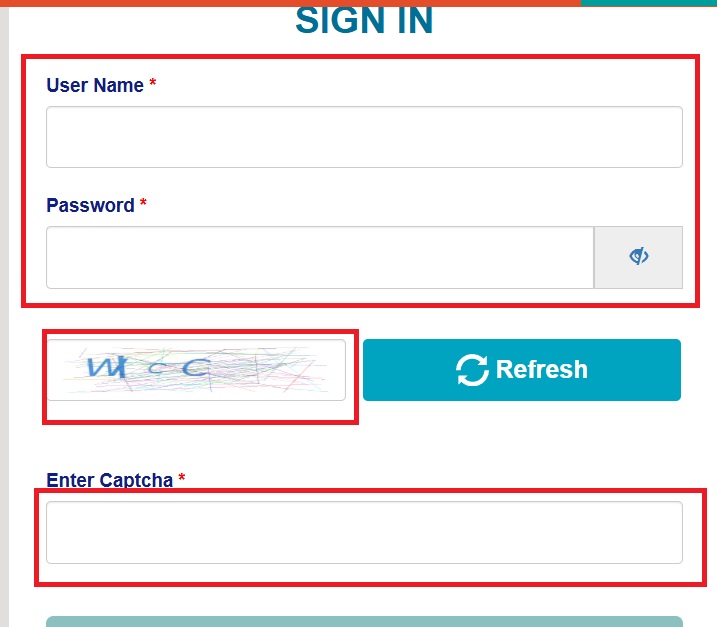
The HMIS login process is secure, straightforward, and designed for ease of use by registered healthcare professionals and government personnel. It involves a few simple steps that grant access to critical tools, reports, and dashboards required for effective healthcare data management.
Step-by-Step Login Guide
To perform an HMIS login, users must first ensure that they have an active account created by their respective health administration authority. Here is a detailed guide to logging into the portal:
- Open your web browser and visit the official HMIS portal (typically hosted on a NIC domain).
- On the homepage, you’ll find the “Login” section on the right side.
- Enter your Username and Password provided by your district or state health department.
- From the dropdown, select your appropriate Role (e.g., Data Entry Operator, Medical Officer, Administrator).
- Enter the captcha code displayed on the screen to verify your identity.
- Click on the “Login” button to proceed.
Upon successful login, you’ll be directed to the HMIS dashboard, where users can access various modules depending on their roles. It’s important to ensure your login credentials are kept secure and not shared with unauthorized persons. If credentials are forgotten, users can use the “Forgot Password” feature or contact their administrative officer for a reset.
Dashboard Overview
Once logged in, users are welcomed by a comprehensive dashboard interface that provides an overview of health data operations. The features and tools visible on the dashboard depend on the user’s role but generally include:
- Data Entry Forms for submitting monthly reports
- Reports Module to view submitted data in tabular or graphical format
- Performance Indicators such as institutional deliveries, immunization coverage, outpatient attendance, etc.
- Alerts & Notifications from district or state health departments
- Search Tools to retrieve historical data
For administrators, the dashboard may also include analytics tools, facility-wise tracking, and comparative charts. This dynamic interface helps users to monitor operations in real-time and rectify errors promptly, making the HMIS login system an essential tool in health data governance.
HMIS Data Entry: How It Works
The data entry functionality is the core of the HMIS system. Each month, health facilities across India compile data from physical registers into the online HMIS portal. This process is carried out by data entry operators (DEOs) using the HMIS login credentials.
The types of data entered include:
- Number of patients treated
- Maternal and child health statistics
- Immunizations performed
- Family planning services
- Infrastructure status
- Staff availability
- Disease surveillance figures
Once logged in, users select the Data Entry option, choose their reporting unit (facility, sub-center, or district), and input the relevant monthly data. The portal validates entries with predefined checks to prevent common mistakes such as duplicate entries or unrealistic figures. In case of errors, the system prompts users to review the data before submission.
The accuracy of this data is crucial because it feeds directly into district and state-level performance evaluations. It also plays a key role in budgeting, supply chain planning (like vaccine distribution), and policy revisions. Regular training and audits are conducted to maintain the integrity and reliability of HMIS data entry across the country.
Common HMIS Login Issues and Fixes

While the HMIS login portal is robust and user-friendly, users occasionally encounter technical issues. Here are some of the most common login problems and how to resolve them:
- Forgot Password: If users forget their password, they can use the “Forgot Password” link on the login page. After verifying identity through email or registered mobile number, a reset link or temporary password is sent.
- Invalid Credentials: This usually happens if the username, password, or role selected is incorrect. Users must double-check their credentials or contact the district nodal officer for assistance.
- Browser Compatibility: The portal works best on modern browsers like Google Chrome or Mozilla Firefox. Issues like buttons not working or pages not loading may be due to outdated browsers.
- Captcha Errors: If the captcha is not readable or throws an error, refreshing the page or ensuring JavaScript is enabled can help resolve the issue.
- Session Timeouts: HMIS automatically logs out idle sessions to ensure data security. Users should save data frequently to avoid loss.
- Server Downtime: On some occasions, the HMIS server may be under maintenance. In such cases, users should wait and retry after some time.
Proper training and regular troubleshooting support from district-level IT teams help mitigate these issues and ensure smooth operation of the HMIS login system.
Benefits of HMIS Portal
The HMIS portal has revolutionized the way healthcare data is managed in India. Some of the key benefits include:
- Centralized Data Collection: With thousands of health facilities submitting reports through a unified system, HMIS ensures data uniformity and integrity.
- Real-Time Monitoring: Health authorities can track service delivery metrics in real-time, allowing quicker response to emerging public health concerns.
- Improved Policy-Making: Accurate and timely data enables evidence-based health policy formulation and efficient allocation of resources.
- Reduced Paperwork: HMIS minimizes manual registers, reducing the risk of errors and ensuring faster data compilation.
- Enhanced Accountability: The portal tracks performance at every level—from sub-centers to state headquarters—improving transparency and accountability.
- Accessibility: The system is accessible across India, even in remote areas, helping bridge the gap in rural health monitoring.
The HMIS portal exemplifies how technology can enhance the efficiency and effectiveness of public healthcare delivery systems.
Mobile Access to HMIS Portal
In today’s mobile-first world, access to digital systems via smartphones is a necessity. Fortunately, the HMIS login system is mobile-friendly and can be accessed through the browser on most smartphones and tablets.
Users can log in via the official HMIS website on mobile just as they would on a desktop. The site adjusts to screen sizes and maintains full functionality including data entry, report viewing, and dashboard navigation. While there is no official HMIS mobile app as of now, the responsive design of the web portal ensures ease of use on mobile devices.
To log in via mobile:
- Open a browser like Chrome on your phone.
- Navigate to the official HMIS portal.
- Enter your login credentials and captcha.
- Tap “Login” and access the dashboard.
This flexibility ensures that healthcare workers in the field or remote locations can still stay connected to the data systems, improving reporting efficiency and responsiveness.
FAQs About HMIS Login
Q1. Who can access the HMIS login portal?
Only authorized users such as government doctors, DEOs, and health administrators with valid login credentials can access the HMIS portal.
Q2. What should I do if I forget my HMIS password?
Click on the “Forgot Password” link on the login page or contact your district health officer to reset it.
Q3. Can I use HMIS on my smartphone?
Yes, the HMIS portal is mobile-compatible and can be accessed via smartphone browsers.
Q4. What browsers are best for accessing HMIS?
Google Chrome and Mozilla Firefox are recommended for the best performance.
Q5. Why does my login fail even with correct credentials?
Ensure that you’re selecting the correct role and entering the captcha correctly. If issues persist, contact IT support at your district level.
Q6. Is there a way to track submitted reports?
Yes, after login, you can view previously submitted data and generate reports from the dashboard.
Q7. How secure is the HMIS login system?
The system uses role-based access control and encrypted connections to ensure data security and privacy.
Conclusion
The HMIS login portal plays a critical role in India’s mission to digitize and improve public healthcare services. By offering a centralized platform for collecting, reporting, and analyzing health data, it empowers healthcare workers and administrators to make informed decisions that impact millions of lives. From seamless data entry and report generation to real-time tracking of health indicators, HMIS is a game-changer in public health governance.
Understanding the HMIS login process, resolving common issues, and leveraging its features can help users make the most of this powerful system. As the demand for digital health tools continues to grow, the HMIS platform will remain a foundational element in ensuring that India’s healthcare system is efficient, responsive, and data-driven.
Read More Blogs – AKTU ERP Login – Step-by-Step Student Portal Guide at erp.aktu.ac.in


